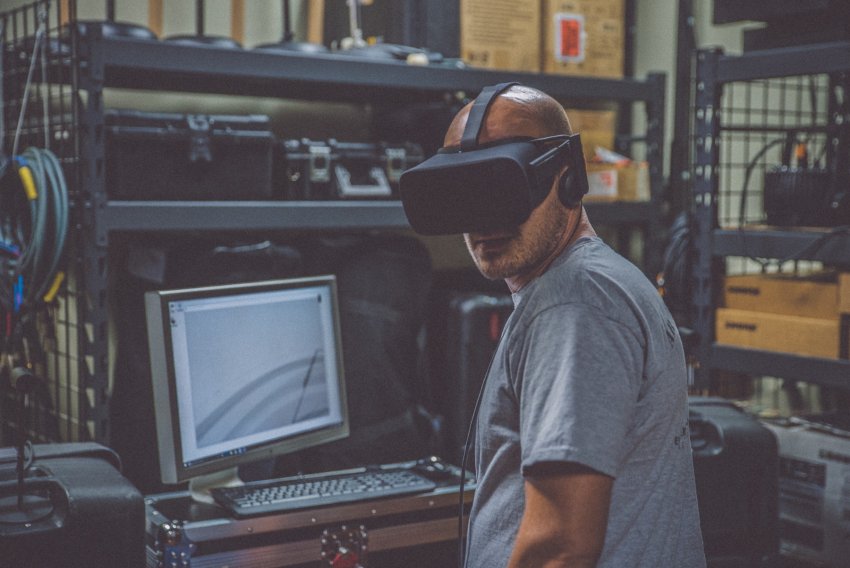It is important to ensure that technology is available to people of all ages, and Virtual Reality — VR — applications are a good example of the benefits modern inventions can have. Virtual reality refers to a simulated experience: using a VR headset which provides a view into a simulated world. People are able to walk around in it and interact with the objects in the world.
Usually, VR uses sight and hearing as the main senses — there is a 360° video playing on the headset and sounds can be heard in headphones. However, it is also possible to add other sensory aspects, such as pressure, temperature, or smell.
In mainstream use, VR headsets usually appear in the context of video games, as it offers a much more immersive experience. From the first glance, it might seem like another trivial toy for bored Gen-Z members. In fact, VR provides many opportunities of learning, improving health and bettering the quality of life for seniors, people with mobility issues and members of specific professions.
Improving mental and physical health
VR might be of help in treating mental health issues, as it provides a tool for cognitive behavioural and exposure therapy to treat conditions like anxiety disorder, panic disorders, phobias, PTSD and OCD. VR environment can be useful in a wider therapy, and it should be always used under the guidance of qualified physician. It is also great for people with short-term mobility issues, e.g. for children recovering after a surgery, as it provides a more engaging and exciting way of spending time in your hospital bed.
Maybe the least explored but most promising application of VR is its use to better the lives of senior citizens. VR technology can help improve their physical and mental health. More than 40 percent of seniors in the US regularly experience loneliness, and this feeling can lead to serious health problems. Scientists have even calculated that lacking social connections is as damaging to health as smoking 15 cigarettes a day.
Virtual reality can help overcome loneliness and improve cognitive abilities, as it offers mental stimulation without leaving your home. In turn, more sophisticated VR devices can be a great reason for seniors to come together and have more social activities. For some seniors with vision problems, the technology can be used to show the world around, as the VR screen is located much closer to the person. It is also great for light physical activity, as VR can be used to motivate people to work out in a stimulated environment.
Teaching astronauts to fly
While not yet widespread, VR is increasingly popular in education institutions. It offers a cheap and safe way to practice, especially important to students in traditionally tough professions, such as doctors and airplane pilots. VR applications might be used to practice surgery without the risk of hurting the patient and to fly planes without the fuel costs.
It is also possible to create absolutely new environments — some that have never existed before. For example, VR technology might be used to teach astronauts to extinguish a fire inside a lunar habitat or to work with specific tools.
One of the largest hurdles in employing the VR technology is its cost. While it is possible to start using VR technology with your smartphone and a cardboard applicator, more sophisticated technology will cost several hundreds of dollars. However, it is one of the most promising sectors, and it is expected that virtual (and augmented) reality will be one of the hits in upcoming years.
Don’t forget to take the headset off and enjoy the real world — read our last week’s article on reasonable use of technology.
